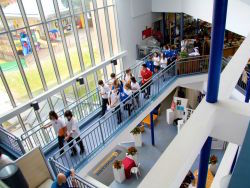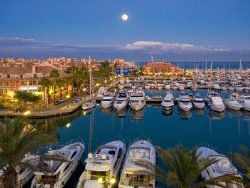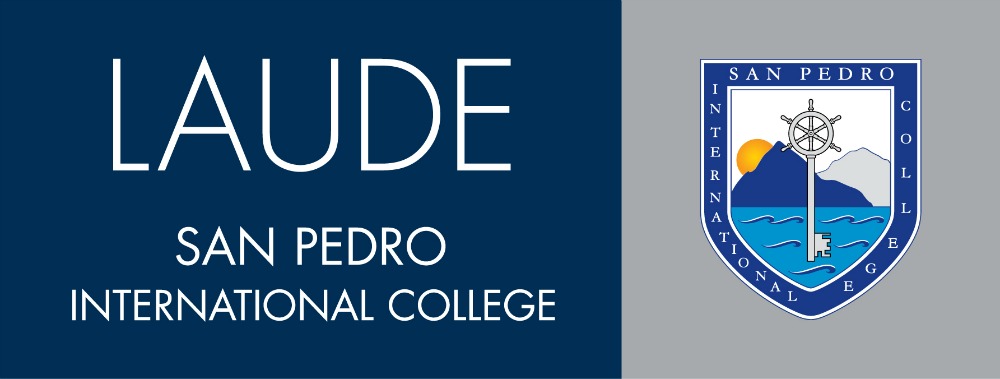Sotogrande and Manilva for Families
Marbella Family Fun > Malaga for Families
Sotogrande is the largest privately owned residential development in Andalucía, and is perhaps best known for its population of the rich and powerful. Located 25km east of Gibraltar in the municipality of San Roque, a Spanish town which is rich in history, many English expats decide to reside here. It is close to English commodities such as Morrisons and Marks and Spencer, as well as being one of the most luxurious urbanizations in Europe, boasting some of the most expensive homes, according to The Times.
Sotogrande is a relatively new residential community, and was established be a generous couple, Joseph Rafael McMicking and Mercedes Zobel, who were Filipinos of British-Spanish and Spanish decent. In 1962 they bought five farms with the idea of creating a luxurious development by the Mediterranean and it has expanded ever since. After he bought the first property, called Paniagua, the first golf course began to take shape. The world-famous gold course developer, Robert Trent Jones, built the Royal Golf Club of Sotogrande, and this was soon followed by the construction of a large polo field in 1965, which has led to what is today the National Centre of Tourist Interest.
As well as being a unique resort, boasting many world-class sports facilities, Sotogrande also has a very impressive marina, which plays a big part in the Sotogrande lifestyle. Furthermore, the beaches and surrounding nature make Sotogrande a very impressive place to visit, or to live. This is one of the main reasons why it is now home to the holiday houses of many rich and powerful families including the Blairs.
Manilva
Manilva is located on the southwesternmost edge of the province of Malaga on its border with the province of Cadiz, and is not far from Sotogrande. Travelling from Malaga airport you will pass through this Spanish town if you are staying in Sotogrande for your holidays. As Manilva is positioned close to the entrance to the Mediterranean, there is a long history of this small town, related to settlements that date back to the Stone Age.
Going back through history, we know that during the Roman period, the area of Manilva thrived due to its thriving fish processing industry that exported products, which were in high demand throughout Europe. Later, during the 16th Century Manilva was founded, and the chief industries were fishing, agriculture and viticulture, as the vineyards are famous for their moscatel grapes. Much later in the 1970s, the town has grown even further and is now also an important place for attracting tourism. The marina and golf courses were built in the 70s, and this has helped to form a stable and growing population over the past 10 years.
Top-5 Things to Do: A Shortlist
1. Polo Santa Maria, Sotogrande – Santa Maria Polo Club consists of eleven polo fields and is known to be one of the best polo clubs in the world. Throughout the year, the club holds over 25 tournaments, involving over 800 players and 2500 horses from all over the world. If polo is where your interests are, then you really couldn’t be in a better place than this. You can purchase a membership to the club that comes with benefits including reduced registration fees for tournaments and fee access to different fields for a fairly hefty price tag. Or is you are here for the summer, you can purchase a seasonal membership from as little as €73. They also hold many different events all throughout the year so you can always go and see their amazing facilities for yourself.
2. Andalucia Activites, Manilva – Located in Manilva, Andalucía Activities offers a wide variety of outdoors activities suitable for people of all ages, and group activities, which are perfect for the family. From sports fishing to paratriking, this place will certainly keep you busy! Visit their website for more information and to book activities.
3. Banos de la Hedionda, Manilva – Tourists and residents of the Costa del Sol are very lucky to have their very own Roman Sulphur baths located in the valley below Manilva. The sulphur in the water is well known to maintaining or improving the condition of the skin and so many people chose to go and take a long soak in the ancient bathing facilities, that is if you can stand the smell! The baths are particularly popular on a nice Sunday, when people are also able to take a picnic and enjoy the day as a family.
4. Zoo de Castellar, Sotogrande – Located just on the outskirts of Sotogrande, Zoo de Castellar is a zoo like no other. Tickets cost just €15 for adults and you can also buy a bag of food for the animals for €1. There are many different animals there all in very comfortable enclosures, however this is not even the best thing about this place! They rescue baby animals and recuperate them back to health. Whilst they are doing this, they give the public the chance to hold them and help feed them etc. At the end, there is also the opportunity to stroke an Ocelot or a baby leopard, and it’s at no extra charge! It really is a fantastic place; having been myself 4 times I cannot recommend this enough!
5. Sotogrande Marina – The marina in Sotogrande is definitely one the most impressive marinas on the Costa Del Sol. It covers 55,000 square meters and consist of bars, restaurants, shops and of course a large docking area for boats of up to 70m long. The architecture is also worth a few holiday snaps, all brightly coloured buildings with the cobbled streets lined with palm trees, why not take a stroll down there after a busy day or a relaxing drink nearby.
 |
About the Author: Melissa Garrett Born in Colchester, Essex, Melissa spent 5 years attending an English Private school in Marbella. After leaving the English International College, she returned to the United Kingdom to continue to study her A-levels. She then went on to attend The University of Kent where she is currently studying English Language and Linguistics. She regularly returns to her family home in Marbella, and has now been here for a total of 8 years. |





